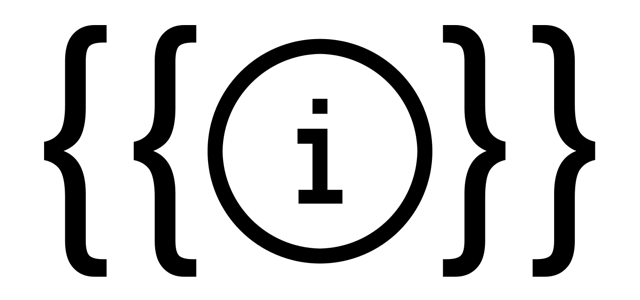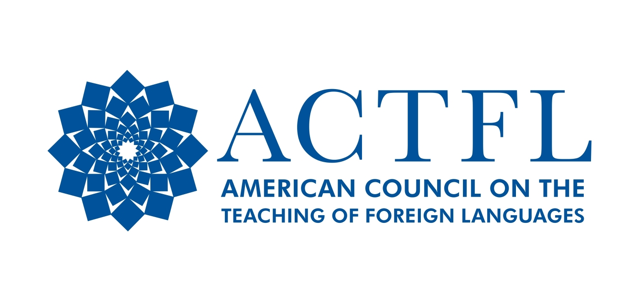Rubrics

WLRC Rubrics
Rubrics for interpersonal & presentational modes for all proficiency levels
WLRC Rubric Templates
MSWord template for creating your own analytic, holistic, and single-point rubrics
Scoring Guides
Single-point rubrics based on the 2017 ACTFL-NCSSFL Can-Do Statements

Proficiency Rubrics
Ohio Foreign Language Association's adapations of the Ohio Dept of Ed rubrics.
Can-Do Statements
Collection of descriptors for student performance benchmarks by learner level
World Languages Department
A collection of MSWord analytic rubrics based on the ACTFL performance descriptors
What are rubrics?
Authentic assessments tend to use rubrics to describe student achievement. A rubric is a scoring tool that lists the criteria for a piece of work, or "what counts" (for example, language function, text type, impact, and language control are often what count in a presentational writing assignment); it also articulates gradations of quality for each criterion, from excellent to poor. Rubrics are useful tools for both instructors and students because they can provide clarity about expectations and help to quantify what can often feel like subjective assessment of student performance. They can also help shape formative feedback. (cf. Goodrich, "Understanding Rubrics.")
There are three kinds of rubrics: analytic, holistic, and single-point (or binary).
A holistic rubric is the most general kind. It lists three to five levels of performance, along with a broad description of the characteristics that define each level. Holistic rubrics are easy to grade with, but they don't provide targeted feedback.
An analytic rubric more clearly articulates the characteristics of an assignment, allowing the scorer to itemize and define exactly what aspects are strong, and which ones need improvement. You can effeciently score student performance with these rubrics and give students a clearer picture of why they received a specific score. However, they can take a lot of time to create, and student don't often read them carefully.
Like an analytic rubric, a singe-point rubric (or binary rubric) articulates the components of an assignment into different criteria. But it only describes the criteria for proficiency, omitting how a student could either fall short or exceed expectations. Because it focuses its content, a single-point rubric is easier to create and students are more likely to read it. Additionally, it is less prescriptive because areas of concern and excellence are open-ended. However, they can be more time-consuming to use.
Learn more about all three kinds of rubrics at Cult of Pedagogy.
Why Use Rubrics?
Rubrics are powerful tools for teaching and assessment that are easy to use and to explain. Because they clarify instructor expectations, they can help improve student performance. Using them consistently can lead students to evaluate their own work and that of others more thoughtfully. Additionally, they can help instructors grade more efficiently and consistently, while accomodating a range of student performance quality.
How can I use rubrics in my class?
It's important to weave your rubrics into coursework in an organic way. (Adapted from Heidi Goodrich.)
- Look at model performances. Show students examples of anonymized work from other courses. Have them identify the characteristics that differentiate excellent performances from those that need improvement.
- Look at the rubric. Focus on the best and worst levels of quality.
- Let the students try the rubrics. Have students work together to score the examples you've provided. Then have them explain the reasoning behind their assessments.
- Encourage self- and peer-assessment. Give students their task. Provide opportunties for self- and peer-assessment, using the rubric as a guide. Always give students time to revise their work based on the feedback they get.
- Use your rubric to assess student performance.
How can I create my own rubric?
- Look at models. Check out the many ready-made rubrics at the top of this page.
- Decide which kind of rubric. Holistic, analytic, or single-point? Are you using this rubric to grade quickly, to provide detailed feedback, or somewhere in between?
- List your criteria. Refer to the ACTFL performance descriptors. Four or five criteria is best.
- Use a template. Four levels of quality is best because it eliminates a tendency towards inflated average scores.











